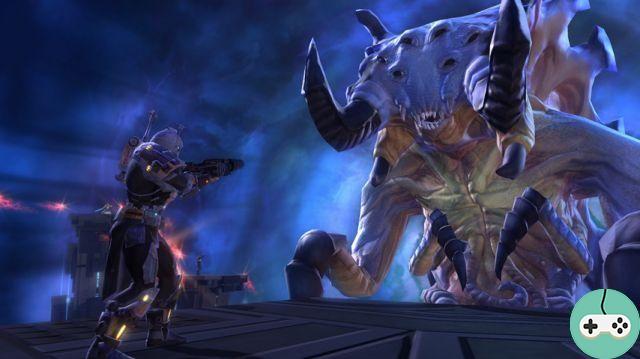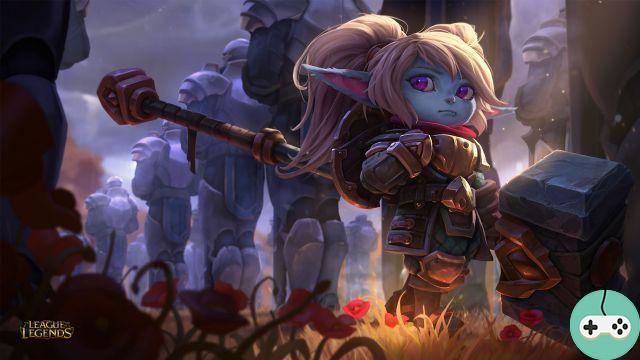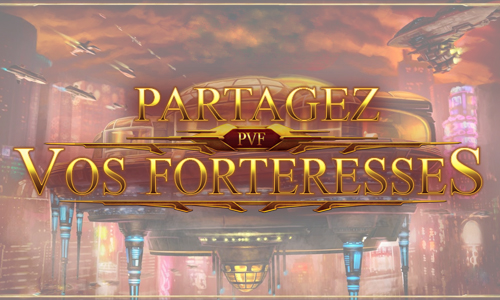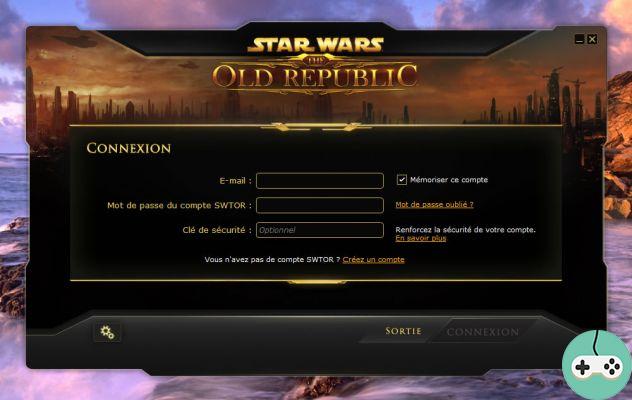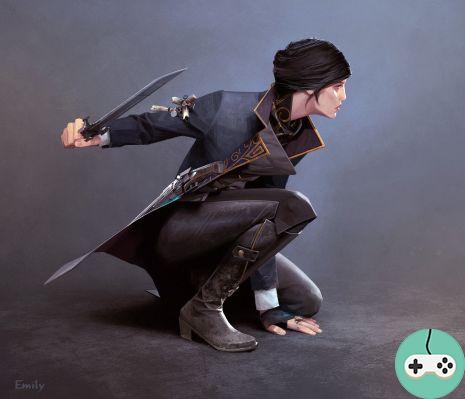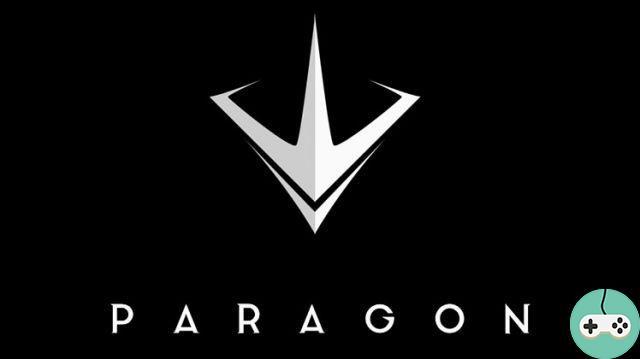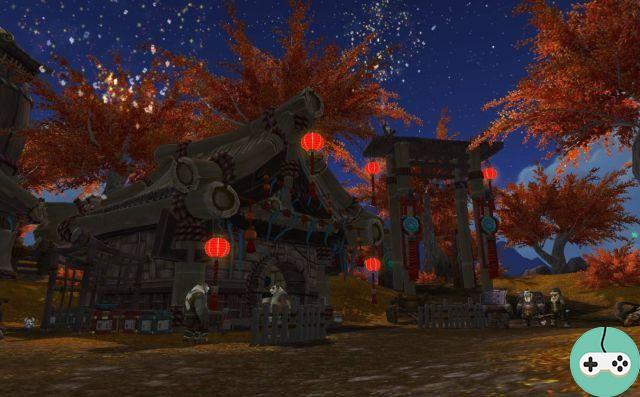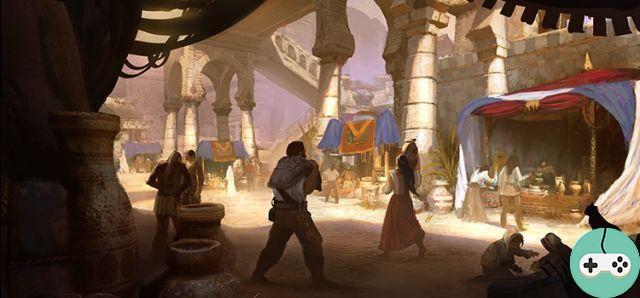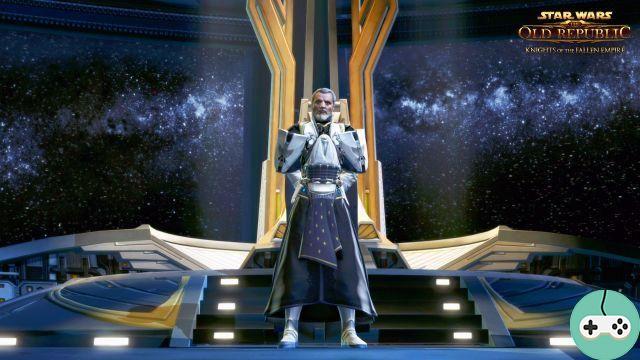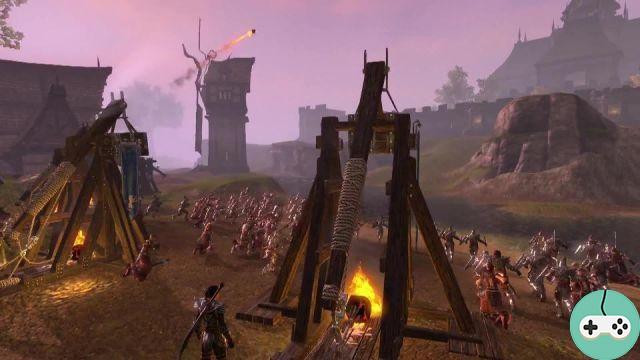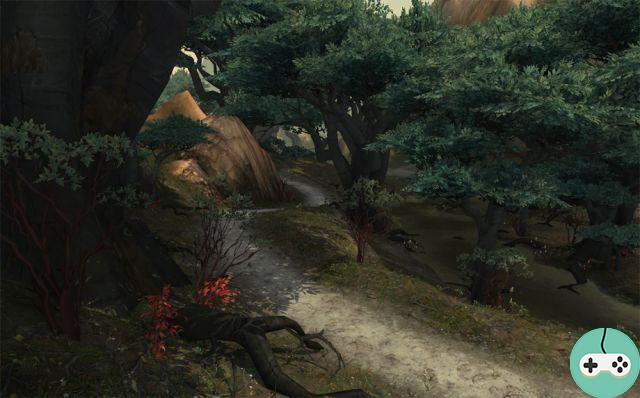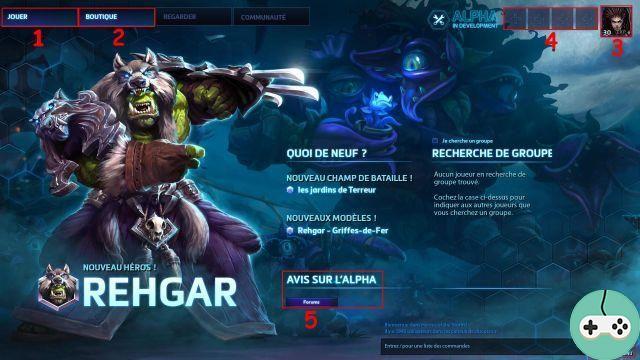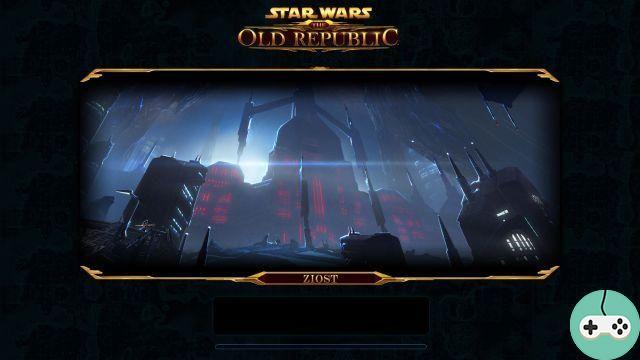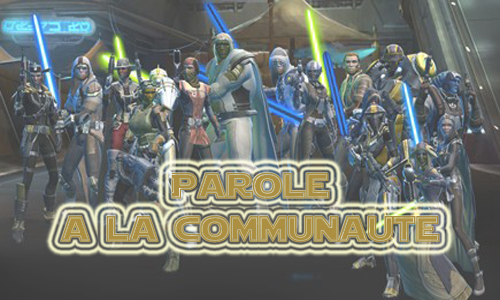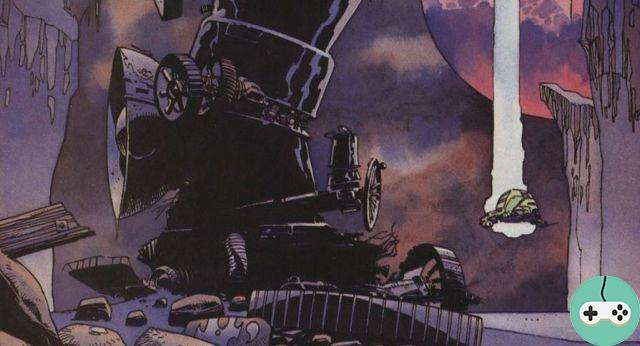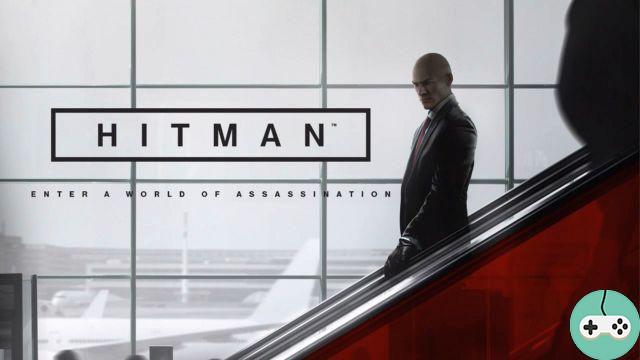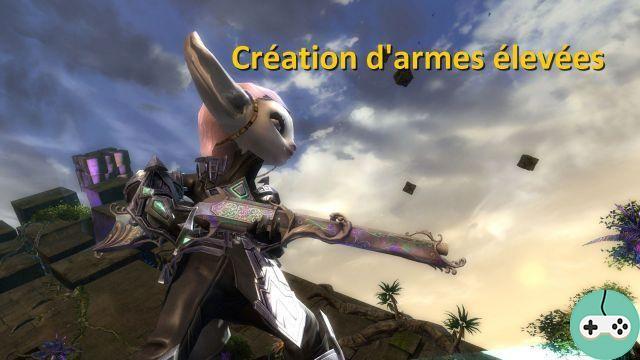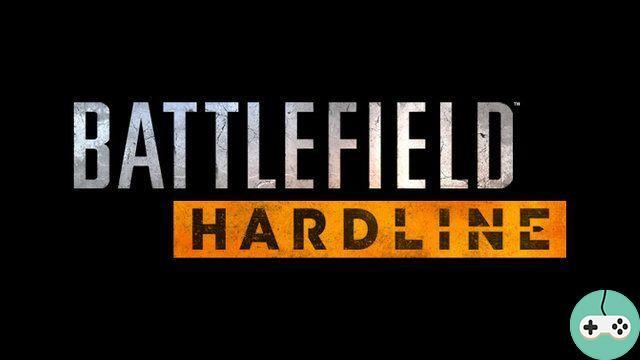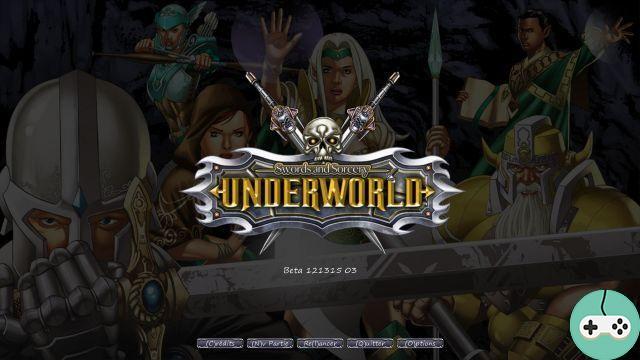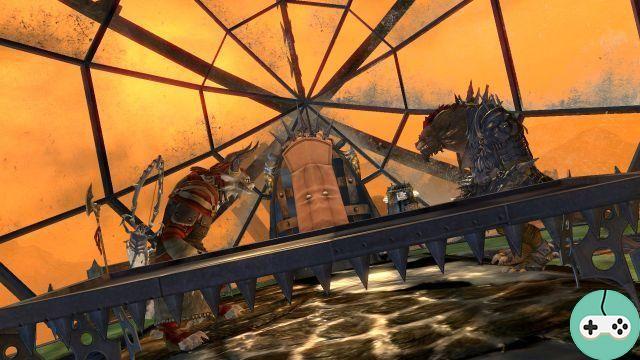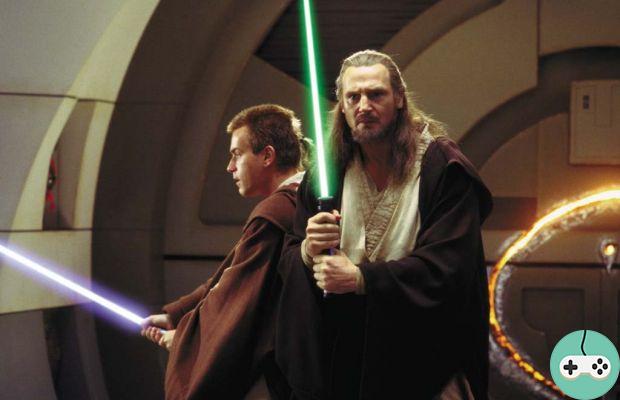
I told you about the novices, also called Jedi Initiates, as well as the Reassignment, a little while ago. Here is the moment to discuss in detail a part already known by many: that of the Padawans.
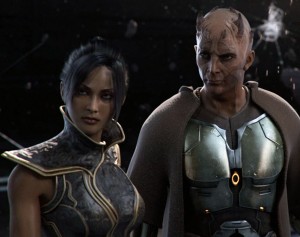
When a novice passes the Initiated Tests, he does not become a Padawan. It's more like a minimum threshold that the Jedi must meet in order to hope to become one. Once the trials are over, their clan life still works, and they still receive the usual education. However, opportunities present themselves for them, and especially for knights and masters in search of apprentices. It is indeed when two individuals feel a strong bond by the Force, that a master / Padawan union can be forged. The Jedi Council does not intervene in the choice of a master, leaving the Force to do it. There are a few exceptions, however, when the Jedi Prophets sense the coming together of two destinies, in which case the Council honors this explicit request of the Force.
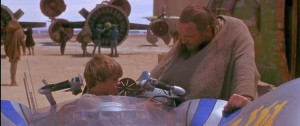
Next to this, the Apprentices' Tournament takes place every year. If it seems at first glance to be a simple lightsaber fighting tournament, it is above all an opportunity for the participants to stand out with a clean and personal style, and for masters in search of apprentices to find one that will suit them. the best. In addition to the combat dimension, it can take place in different ways: a fight in a place without gravity, or in an aquatic environment. The winner is certainly almost guaranteed to find a teacher, but others are also so if they succeed in demonstrating their singularity, and that the latter appeals to a researcher from Padawan.
Other means exist, and it all depends on what a master is looking for: a consular, for example, will be more tempted to speak with instructors and librarians, to find out what the states of mind of novices are. There are potentially so many ways for a novice to get recruited as a Padawan, that he should never be sure to achieve this rank by focusing on just one aspect of Jedi teaching.
Once the bond between a Jedi and his master is established, the Padawan radically changes the pace of learning. It is no longer in a group, and it no longer looks like theoretical and practical lessons. He goes on a mission with his master, sent to the four corners of the galaxy, and risks his life sometimes (even often, in the event of a very eventful period such as TOR). If one is first of all reassured by the presence of the master, who can easily compensate for the "delay" of his apprentice by his own faculties, we must not forget that even a novice at the end of initiation is dangerous in combat, and can have recourse to to the Force to defend oneself (not to mention the very important baggage of knowledge at its disposal): we do not hand it over to themselves either. It is therefore in a moderation between the capacity of the Padawan and the dangerousness of the situation that the missions of these groups of Jedi are chosen (we do not send a master who has just found his Padawan to dethrone a Sith of the Black Council!).

An emblematic trait of the Padawans, we often speak of their short braid which symbolizes their rank. Behind this apparent rigor still opens up possibilities: some of them wear pearls and / or colored threads to decorate the whole. But above all, this concerns the species being able to have a braid. Variants exist, with the same to stand out: fabric braid around the wrist, neck, horn, ear, Lekkus, or other limb in function; metal ring (especially for the Iktotchi Padawans); facial tattoo (Sluissi), cranial medallion (Swokes Swokes); row of pearls (Togruta), etc.
The second very visible aspect, but shared with the other Jedi, is the hooded sackcloth: it is in the rank of Padawan that the Jedi wear one over the tunic. With that go all the utility utensils the Jedi carry on their missions (see what Qui-Gon and Obi-Wan use from time to time in Episode I): spotting beacon, comlink, holoprojector, launcher. grapple, aquatic respirator, torch, survival rations, lightsaber repair / maintenance tool.
One could conclude this point on the physical aspect by the importance of being groomed (explaining the short hair, restrictive outfits or otherwise), given that they know they are judged by the appearance (and that the Jedi must do good impression). However, it should be noted that more experienced Jedi allow themselves "personal excesses" (Qui-Gon to name only him, but Quinlan Vos also), which, basically, are not necessarily real obstacles to relational contact. And you can usually find that in Jedi of great experience, quite simply because their legitimacy is acquired, and that one will not contest them for so little (You would reprimand Satele Shan if she had a crooked wick, seriously? Not me? !).
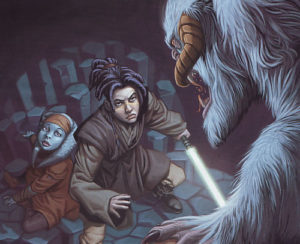
Regarding the learning of the Force, where the Initiates focused on the faculties of (self) control, the Padawans embark on the Powers of Sense. This category brings together all the capacities of perception and transmission, which maintain the link Jedi - world. This is, among other things, what Luke trains in Episode IV in The Falcon, when Obi-Wan asks him to put on a visor when he has to ward off shots from a training sphere. Although this is a general exacerbation of the Jedi's senses (sight and hearing for humans generally, but species with other developed senses - smell, sense of magnetism, pressure, balance, and others - can do it for those too); certain specific faculties are grouped together under the designation of power:
- Life Detection (Prima Vitae) which is the basic form of perception, and thus allows Jedi to sense the intentions of others, to locate their master or student despite the distance. She is very often illustrated in films.
- The sense of force (Tactus Otium) feels through the Living Force not the things but the links between them. It is generally used to understand the state of things, places or living beings; if they are healthy or on the contrary injured, sick, or corrupted by the Dark side ...
- Postcognition (Tai Vordrax) is similar to the sense of Force, but uses the Unifying Force and therefore, allows perceptions through time. One of its most famous uses is psychometry, used by Quinlan Vos, which allows him to remember and feel past events through contact with objects that were present at the time. Another variant also exists, Force memory, which does not depend on the presence of the Jedi, but on the Force itself depending on what it chooses to keep in memory.
- Projective Telepathy associates the powers of Sense with the capacities of alteration, thus allowing a communication "through the thoughts". Many Jedi, even the Council, can't do it. Some examples are however present: T'ra Saa, Zao and Tholme united to reassure Quilan Vos; or Thon, the master of Nomi Sunrider, who uses this ability to make himself understood.
Besides that, the theoretical teaching does not stop for as much, and some "details" useful to all missions are added to the preceding ones: the species resistant to the Force, the animals using the Force, the cons with the laser of the. sabers, forms II to VI of lightsaber combat, and many more ...

Just as the baccalaureate is the most discussed point of studies, the Jedi tests to pass Knight are famous, visited by references, but often poorly known. However, they are complex, and I will only allow myself to detail them in a future article ...





